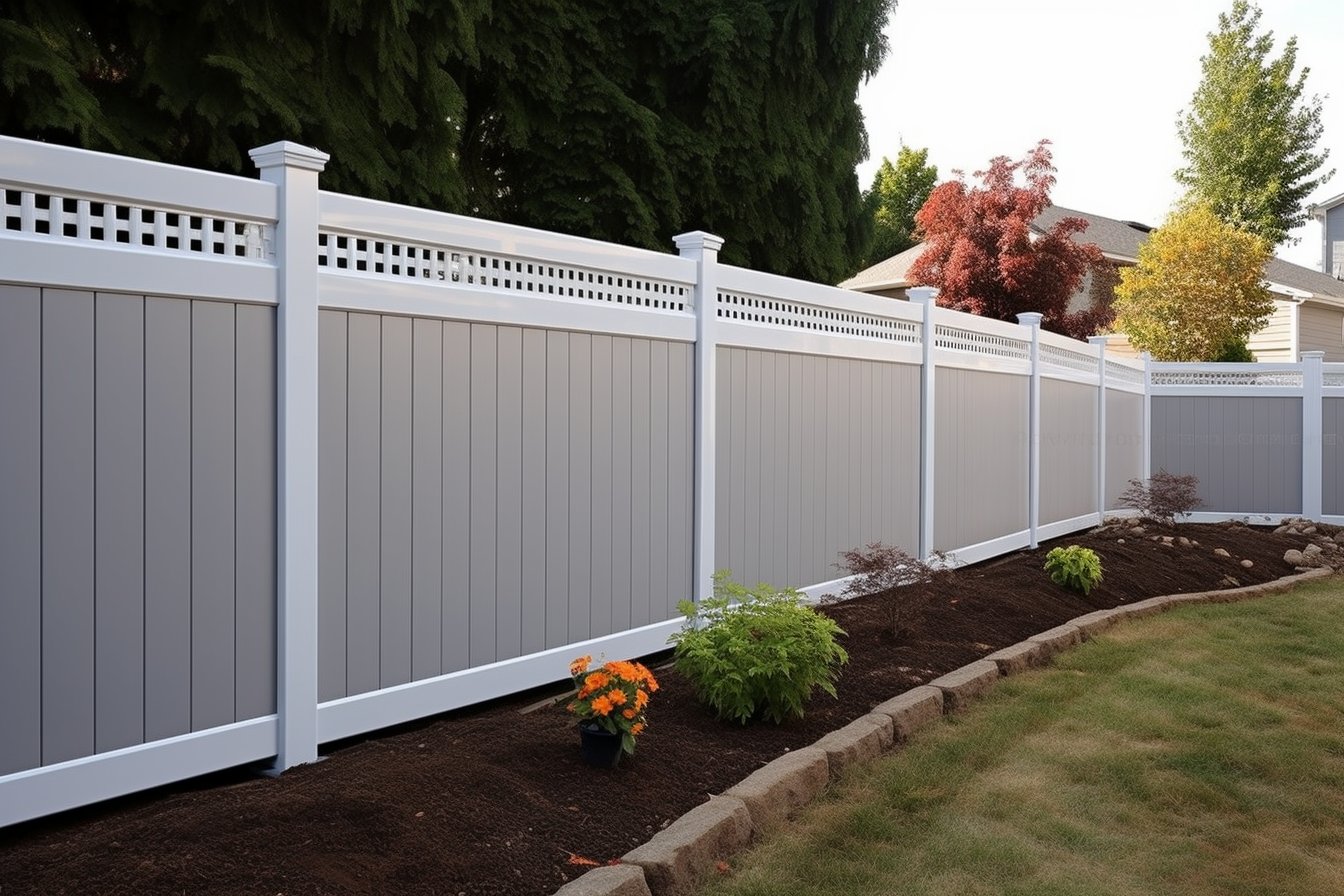Seasonal yard maintenance guide for year-round curb appeal
A year-round approach to yard maintenance keeps landscapes attractive, healthy, and easier to manage. This guide outlines seasonal tasks and practical tips for soil health, plant selection, irrigation, mulch, pollinator support, pest management, containers, pruning, and sustainable practices so your outdoor spaces maintain consistent curb appeal across every season.

Seasonal yard maintenance guide for year-round curb appeal
A consistent seasonal plan helps your yard look cared-for through changing weather. Rather than large one-off efforts, spreading tasks across spring, summer, fall, and winter preserves plant health, improves soil structure, and reduces workload. This article covers practical, season-focused steps for landscaping, plant care, soil and compost management, irrigation and mulch strategies, supporting pollinators while handling pests, and caring for containers and pruning with sustainability in mind.
How can landscaping improve curb appeal?
Thoughtful landscaping balances structure and seasonal interest. Start with a simple layout: permanent elements such as paths, low-maintenance shrubs, and hardscaping give year-round form, while seasonal plantings add color and texture. Group plants by water needs to streamline irrigation, and use layer planting—groundcover, perennials, shrubs, and small trees—to create depth. Each season, inspect borders and beds: remove spent annuals in fall, refresh spring bulbs, and keep edges neat after mowing. Regular small upgrades reduce the need for major overhauls and keep the exterior consistently welcoming.
Which plants suit seasonal transitions?
Choose a mix of native and climate-appropriate species that offer staggered bloom times and multi-season structure. Combine evergreen shrubs for winter interest, spring bulbs for early color, summer perennials for peak season, and late-blooming plants for autumn. Consider drought-tolerant varieties if water is limited, and select disease-resistant cultivars to reduce chemical use. Plan for succession planting—replace early-season annuals with summer containers or transplant volunteers—to maintain continuous color. When selecting plants, check local services or extension recommendations for regionally adapted options.
How to test and amend soil with compost?
Healthy soil is the foundation of a resilient yard. Begin with a basic soil test—many local extension services provide low-cost kits or analysis—to determine pH, nutrient levels, and organic matter. Amend according to results: incorporate well-aged compost to improve texture and microbial activity, adjust pH with lime or sulfur as indicated, and add targeted fertilizers only when necessary. For most beds, spread a 1–3 inch layer of compost and work it into the top few inches of soil in spring or fall. Avoid over-amending; incremental improvements over time produce the best outcomes.
What irrigation and mulch practices help?
Efficient irrigation and correct mulching reduce stress on plants and conserve water. Water deeply and infrequently to encourage deep roots; morning irrigation reduces evaporation and disease risk. Consider drip irrigation or soaker hoses for beds and timed controllers for lawns to optimize delivery. Apply organic mulch—shredded bark or composted leaves—2–3 inches deep around plants, keeping mulch away from stems and trunks. Mulch moderates soil temperature, retains moisture, and suppresses weeds. Inspect irrigation systems at seasonal changeovers for leaks, clogs, and scheduling adjustments.
How to support pollinators while managing pests?
Designing for pollinators and maintaining plant health go hand in hand. Plant a variety of nectar and pollen sources across seasons, include native flowering species, and provide shelter such as log piles or bare ground patches for ground-nesting bees. Use integrated pest management (IPM): monitor pest levels, encourage beneficial predators, and use targeted treatments only when thresholds are exceeded. Mechanical controls (hand removal, traps), biologicals (beneficial insects), and selective, least-toxic products minimize broader ecological impacts. Maintaining diverse plantings reduces pest outbreaks and bolsters pollinator populations.
Can containers, pruning, and sustainability coexist?
Containers offer flexible seasonal color and are useful for small or shaded yards. Use high-quality potting mix with good drainage and feed container plants regularly, since nutrients leach faster than in-ground beds. Prune at appropriate times—late winter for many shrubs and early spring for flowering trees that bloom later—to shape plants, remove deadwood, and promote air circulation. Adopt sustainable practices: compost yard waste, collect rainwater for irrigation, favor mulches and organic amendments, and choose low-input species. These steps reduce resource use while maintaining a tidy, attractive outdoor space.
A seasonal maintenance routine that addresses structure, plant selection, soil health, water management, pollinator support, and sustainable practices keeps yards resilient and visually appealing year-round. By breaking tasks into manageable seasonal actions and choosing appropriate species and methods, homeowners can maintain consistent curb appeal without excessive effort or resource use.





